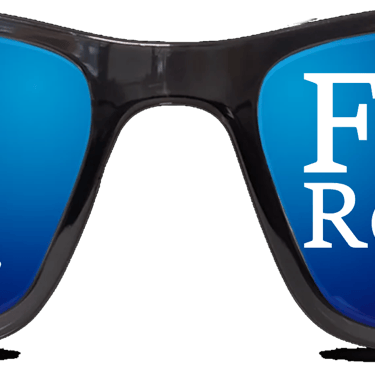Solar Eclipse and Protecting Your Eyes
Tips to watch a Solar Eclipse Safely Use approved eye protection that has ISO12312-2 Approval
2/21/20242 min read


Introduction
A solar eclipse is a rare and breathtaking celestial event that captivates people all over the world. It occurs when the moon passes between the sun and Earth, casting a shadow on our planet. While witnessing a solar eclipse can be an awe-inspiring experience, it's crucial to take certain precautions to protect your eyes from potential damage. In this article, we will guide you on how to safely watch a solar eclipse and provide important cautions to keep in mind, especially when supervising children.
Supervise Kids Carefully!!!!!
When a solar eclipse occurs, it can be an exciting and educational experience for children. However, it is essential to supervise them closely and ensure they are wearing proper protective eyewear. Younger children may not fully understand the dangers of looking directly at the sun, so it is crucial to explain the risks to them and enforce the use of eclipse glasses.
It is advisable to set up a safe viewing area where children can watch the eclipse under adult supervision. This area should have clear visibility of the eclipse while providing a controlled environment to prevent any accidental exposure to the sun's harmful rays. Remember, the safety and well-being of children should always be the top priority.
Understanding the Dangers
Staring directly at the sun during a solar eclipse, even for a brief moment, can cause severe eye damage. The intense solar radiation can harm the retinas in your eyes, leading to permanent vision loss or even blindness. It is essential to understand the risks involved and take necessary precautions to safeguard your eyesight.
Use Protective Eyewear - ISO12312-2 Approved
The most important precaution you can take when watching a solar eclipse is to wear specially designed protective eyewear. Regular sunglasses, no matter how dark, are not sufficient to shield your eyes from the harmful solar radiation. Look for eclipse glasses or solar viewers that meet the safety standards set by the International Organization for Standardization (ISO12312-2).
ISO12312-2-approved protective eyewear is designed to filter out harmful ultraviolet (UV) and infrared (IR) rays, as well as intense visible light. These glasses have a special solar filter that reduces the sun's brightness to a safe level, allowing you to view the eclipse without risking eye damage. It is crucial to inspect the glasses are in good condition, without any scratches or damage that may compromise their effectiveness.
Alternative Viewing Methods
If you are unable to obtain ISO-approved eclipse glasses or solar viewers, there are alternative ways to safely observe a solar eclipse:
Live Broadcasts: If all else fails, you can always watch the solar eclipse through live broadcasts on television or reputable online sources. Many organizations and news outlets provide live streams of the event, allowing you to enjoy the spectacle from the comfort of your home.
Conclusion
Watching a solar eclipse is a remarkable experience, but it is crucial to prioritize your eye safety. Remember to always use ISO-approved protective eyewear to shield your eyes from the harmful solar radiation. Supervise children closely and educate them about the risks involved. If you don't have access to proper eyewear, try alternative viewing methods like pinhole projection or telescope projection. By taking these precautions, you can enjoy the beauty of a solar eclipse while keeping your eyes protected.
Address
Deja Vu Optics 157 Water St, Campbellton, NB, E3N 3L4
Contacts
Phone: 506-753-6000
Fax: 506-753-6040
Email: dvooffice@dejavuoptics.com




1 Hr Service
In Office Lab
Large Stock of Single Vision Lenses for Distance and Reading
